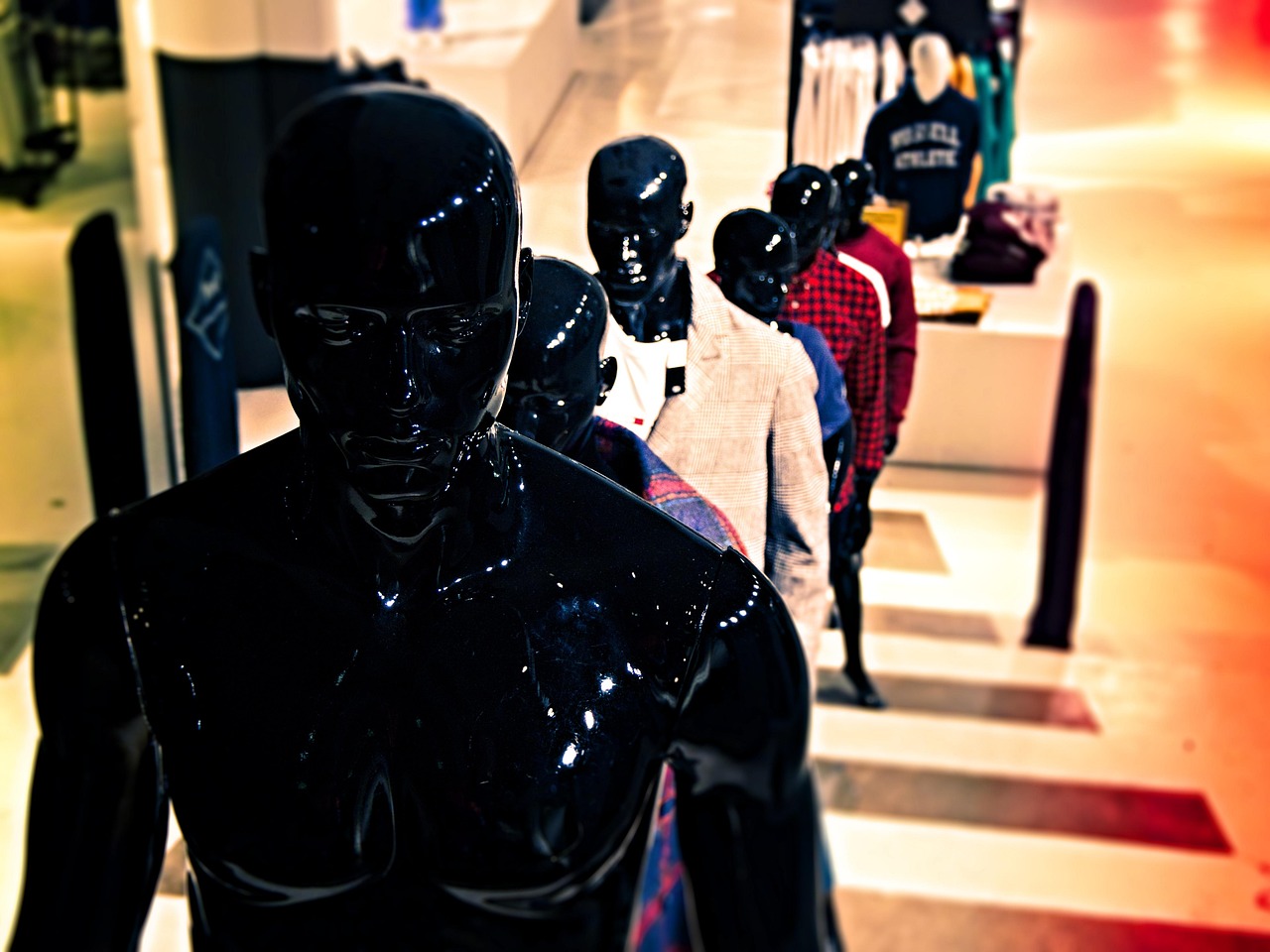ArtMovementsHostingArtExhibitions
Art movements have played a significant role in shaping the history of art and influencing artists around the world. Hosting art exhibitions dedicated to specific art movements can provide a deeper understanding of the characteristics, themes, and techniques associated with each movement. Here are a few prominent art movements and how they can be showcased in art exhibitions:
1. Impressionism
Impressionism, originating in France in the 19th century, is known for its emphasis on capturing the fleeting effects of light and atmosphere. An exhibition dedicated to Impressionism could feature works by artists such as Claude Monet, Edgar Degas, and Pierre-Auguste Renoir. The use of vibrant colors, visible brushstrokes, and everyday subject matter are key elements to look out for in Impressionist artworks.
2. Cubism
Cubism, pioneered by Pablo Picasso and Georges Braque in the early 20th century, is characterized by the fragmentation of forms and the exploration of multiple viewpoints. A Cubism exhibition could showcase how artists deconstructed and reassembled objects in their paintings, creating abstract and geometric compositions. Visitors can observe the evolution of Cubism from its early analytical phase to the later synthetic phase.
3. Surrealism
Surrealism, emerging in the 1920s, sought to channel the unconscious mind to unleash creativity. An exhibition on Surrealism could display dream-like and bizarre imagery, unexpected juxtapositions, and symbolic meanings in the works of artists like Salvador Dalí, René Magritte, and Max Ernst. The exploration of the subconscious and the use of automatic techniques are key aspects of Surrealist art.
4. Abstract Expressionism
Abstract Expressionism, prominent in the mid-20th century in the United States, emphasized spontaneous, gestural painting and the expression of emotions on canvas. An exhibition focusing on Abstract Expressionism could feature large-scale canvases with bold brushwork, dynamic compositions, and a sense of energy and movement. Artists such as Jackson Pollock, Willem de Kooning, and Mark Rothko are central figures in this movement.
5. Pop Art
Pop Art, emerging in the 1950s and 1960s, celebrated popular culture and consumerism through the use of imagery from advertisements, comic books, and everyday objects. A Pop Art exhibition could showcase bright colors, bold graphics, and the appropriation of mass media symbols in the works of artists like Andy Warhol, Roy Lichtenstein, and Claes Oldenburg. The blurring of the boundaries between high art and mass culture is a key theme in Pop Art.
By organizing art exhibitions dedicated to specific movements, art enthusiasts and the general public can gain a deeper appreciation for the diversity and innovation within the art world. These exhibitions not only showcase iconic works but also provide insights into the historical context and artistic techniques that define each movement.











